We’ve seen literally thousands of building and pest inspection reports. Building and pest inspections are usually coordinated before an auction and they can be costly if a buyer misses out time after time.
It’s important to note that contracts for non-auction properties provision for a building and pest inspection clause. However, there are three reasons why this may not be advantageous for buyers who are about to embark on a negotiation.
Firstly, if the buyer has competition from other buyers, a vendor may be inclined to accept the offer that has no conditions attached to the offer. In situations like this, the buyer is better placed to have their report on hand so that they can proceed without a building and pest inspection clause.
Secondly, if the price negotiated is based on the property having no issues, a poor building inspection result may leave the buyer feeling like they’ve overpaid and not factored in the costs of repair. It is possible, but not always easy to renegotiate the purchase price when surprise issues arise following the building inspection.
Thirdly, the condition that agencies often like to use has very specific wording around “major structural defects” and “pest infestation”. It leaves the buyer no recourse if there are substantial minor defects that all add up to a small fortune. It is for this reason that we either prefer to use our own clause wording, or obtain the report prior to negotiations.
So aside from major structural defects, what are the troubling items that often strike, and how can buyers spot them?
We aim to identify potential issues ourselves when we inspect so that we can help our clients determine the properties that could likely fail (or disappoint) when it comes to the building inspection report. While we’re not building inspectors, we have had two decades to glean a lot of information from our clients’ reports.
A common issue relates to water ingress or water leaks. Whether it be due to blocked gutters and rain water overflow, cracked roof tiles, damaged shower bases, laundry disasters, or plumbing leaks, water is the cause of much evil when the ingress is left unnoticed.
Not all water ingress can be spotted, but often there are tell-tale signs of risk. Cracked tiles, swollen timber/MDF skirting boards, missing sealant and stains are all possible signs.
A building inspector will often use a moisture meter to identify moisture content, and we too carry a moisture meter at our inspections.
Cracked tiles don’t always spell disaster, but they can signal some deeper issues. The picture below shows both cracked and “drummy” tiles; where the tile has popped out of the adhesive. Cracks can indicate inadequate, or poorly laid adhesive, but they can also indicate movement. If the property is impacted from movement, this may be related to tree roots, poor foundations, or a water leak affecting the foundations, among other things.
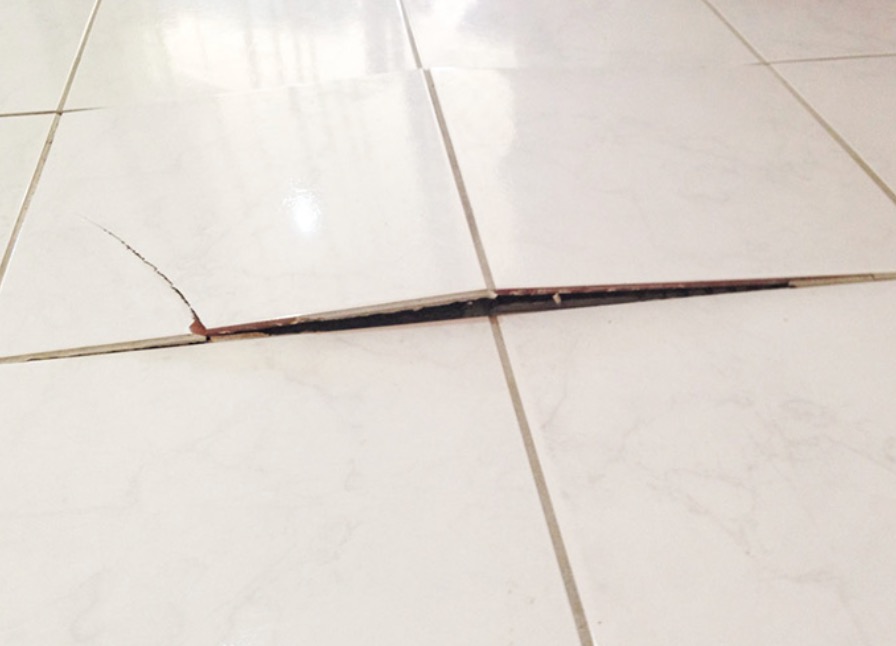
Cracked tiles, particularly in wet areas, (like showers) represent water ingress risk.
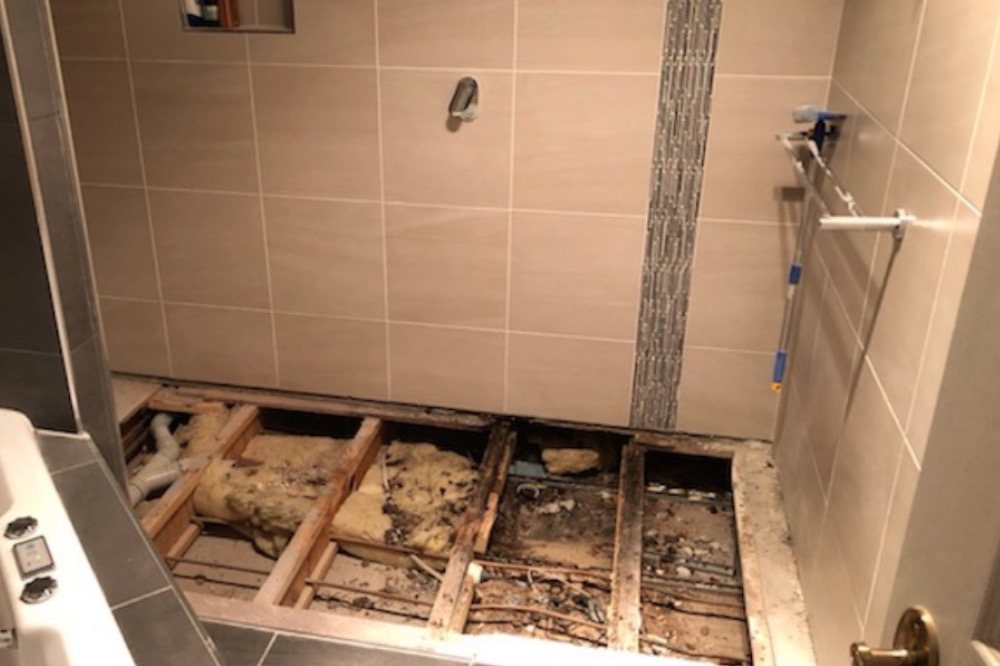
The next distressing find, often spotted in older, established suburbs is asbestos. Whether it be a shed, laundry internal walls, eaves or old flues, asbestos commonly exists in many un-renovated properties built prior to the mid 1980’s. While it’s not determined to be a valid reason for a buyer to exit a contract, this is a very sensitive issue for many buyers.
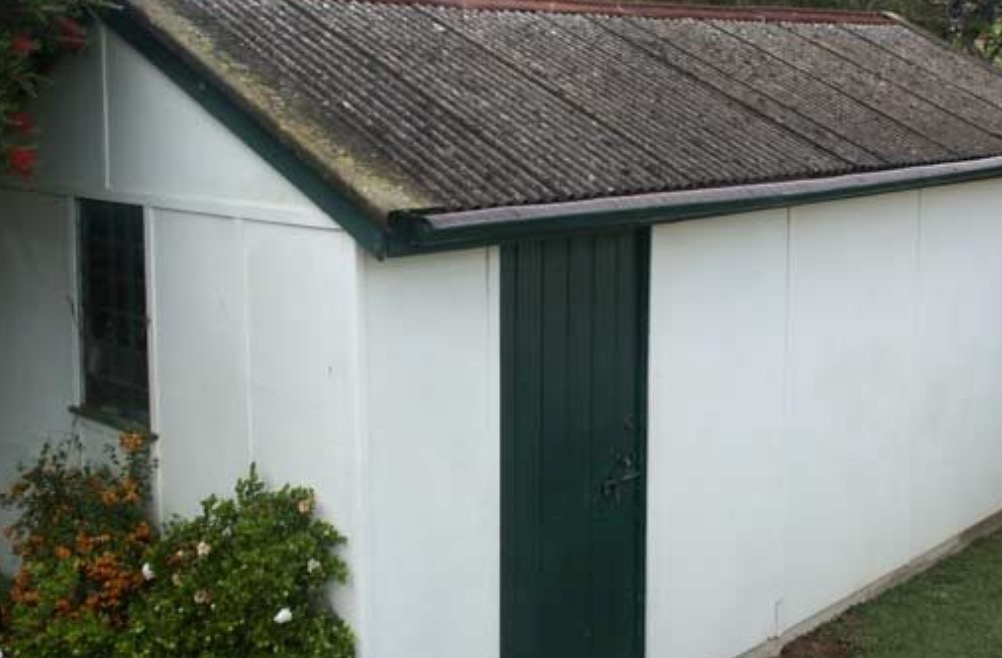
Would a buyer prefer to avoid a property if they knew it had asbestos present? Perhaps.
This little shed above is likely all asbestos material. Based on the era, the walls could be painted asbestos sheet and the corrugated cement roof is certainly containing asbestos. Safe removal is certainly an option, but it comes at a cost.
The next building inspection finding that often rattles buyers relates to re-stumping. While many properties are completely liveable with un-level floors, the mere mention of the need to re-stump can alarm a buyer. Re-stumping itself isn’t necessarily cost-prohibitive, but the damage caused by correcting the floor levels can give way to other tasks. For example, plaster cracking and tiles falling off are common after-effects of re-stumping. It is best done leading up to other renovation works.
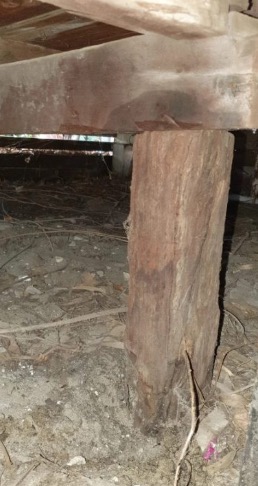
There are two main reasons why a building inspector may suggest re-stumping, although I’ve seen several less-than-usual reasons also. The two main ones are either un-level flooring or old timber stumps. We can identify when flooring is un-level. It’s not as obvious as rolling a marble on the floor, but we find it un-level flooring relatively detectable.

Suspected illegal, (or non-permitted) structures and works are another red flag for many buyers. Aside from the unwelcome risk of a council “show-cause” (an order to take down the structure/fix the works), the risk of insurer backlash is an issue too. It isn’t always easy to detect illegal structures, but there are some clues we’ve picked up over the years.
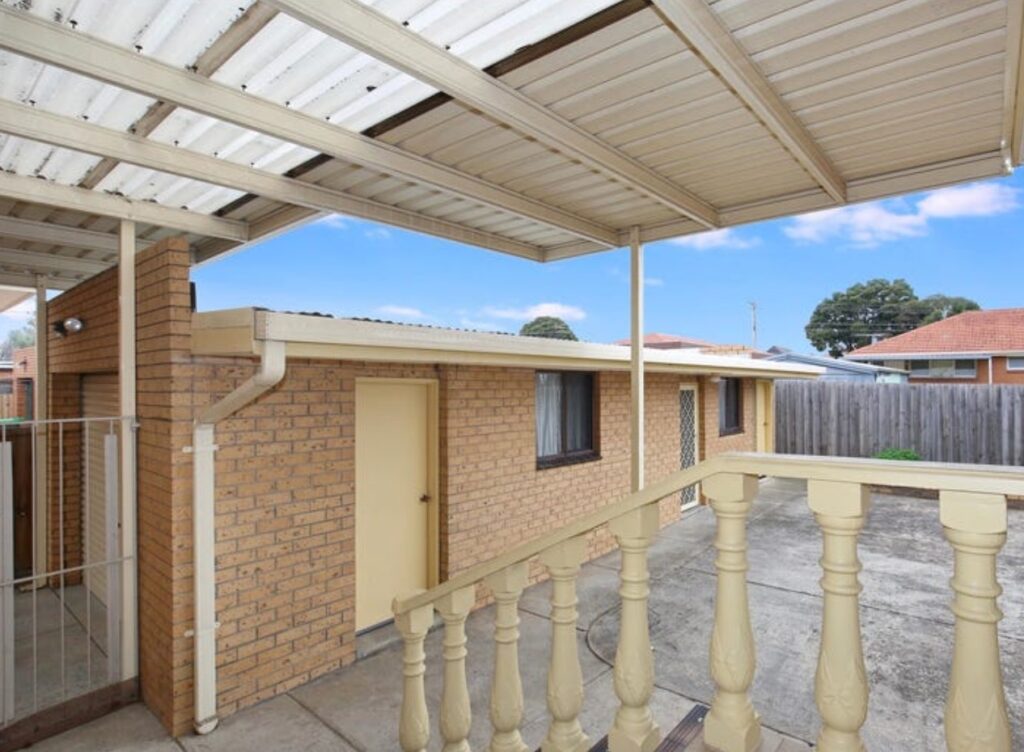
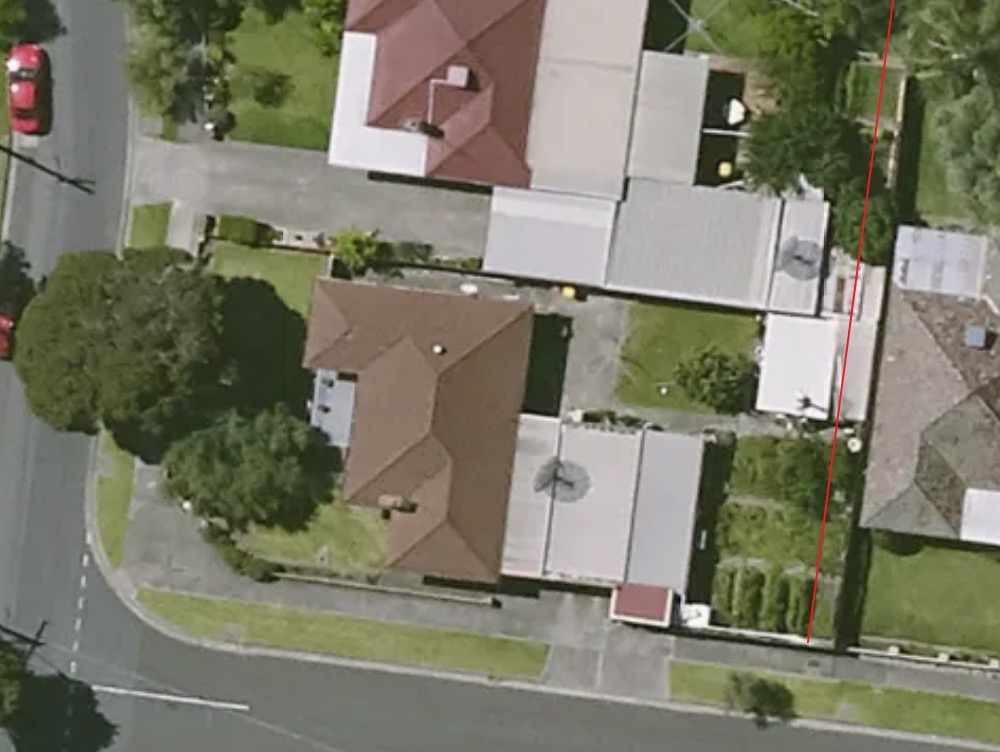
And another significant concern that buyers may miss is visible timber degradation. White ants are a common pest, but not the only pest. Not every pest infestation is identifiable to the naked eye, but this picture below is one that I took at a recent inspection in Coburg. The base of the window frame was easy to spot, but every buyer in the queue in front of me walked past it, not spotting the issue.
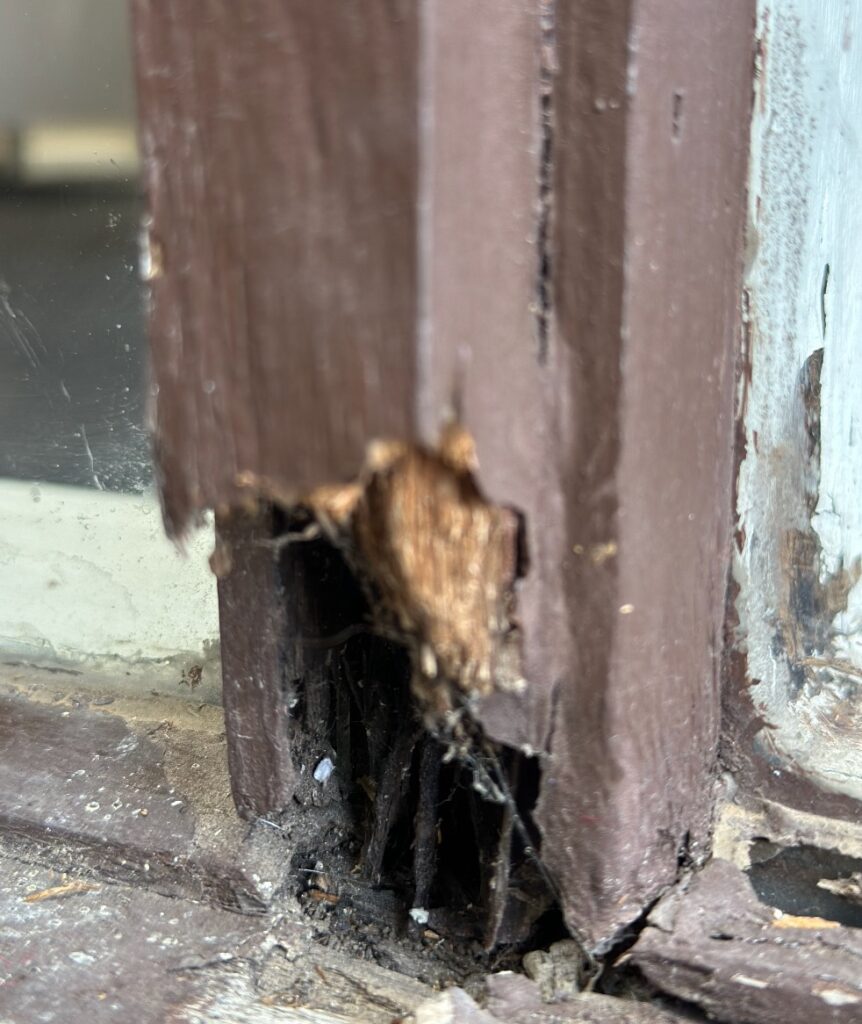
Building and pest inspectors are highly valuable professionals when conducting pre-purchase due diligence, but there is a long list of things we focus on first, to make sure we’re not wasting client’s money on known or suspected issues.
REGISTER TO OUR NEWSLETTER
INFORMATION
CONTACT US
1A/58 ANDERSON STREET,
YARRAVILLE VIC 3013
0422 638 362
03 7000 6026
CATE@CATEBAKOS.COM.AU
